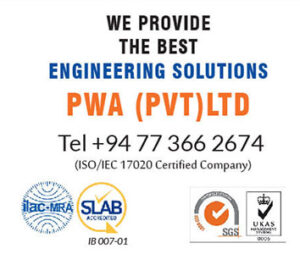PPE training covers the proper use of personal protective equipment that guards the health and safety of employees. The proper way put on, adjust, wear, and take PPE off. The proper care, maintenance, and disposal of equipment.
First aid is the first and immediate assistance given to any person suffering from either a minor or serious illness or injury, with care provided to preserve life, prevent the condition from worsening, or promote recovery. … First aid is generally performed by someone with basic medical training.
The Fire Safety Training Course is designed to raise awareness of fire hazards in the workplace and how to act safely in the event of an emergency fire situation, including selecting and using the correct fire extinguisher. The course is also designed to train staff in your fire
safety procedures.
Chemical safety includes all those policies, procedures, and practices designed to minimize the risk of exposure to potentially hazardous chemicals. This includes the risks of exposure to persons handling the chemicals, to the surrounding environment, and to the communities and ecosystems within that environment.
Training employees to work safely around electrical hazards is a critical requirement for maintaining worker safety. … In response to these dangers of electricity, OSHA requires organizations to train employees to protect them from electrocution, shocks, arc flash,
explosions, and fires.
Filters. Safeguards are applied to both machinery and the operators who work with them. Examples are interlocks that stop a motor if a person gets too close, guards that cover moving gears and blades and goggles, and protective clothing.
Work at height means work in any place where, if precautions were not taken, a person couldfall a distance liable to cause personal injury. You are working at height if you: work above ground/floor level. could fall from an edge, Confined space entry training Confined space training outlines the skills and protocols for safe entry to confined spaces, and includes precautions such as locking and tagging out connecting piping, testing of breathable air quality, forced ventilation, observation of workers in the space, and a predetermined rescue plan with appropriate safety . Safety risk assessment training Risk assessment is a term used to describe the overall process or method where you: Identify hazards and risk factors that have the potential to cause harm (hazard identification). Determine appropriate ways to eliminate the hazard, or control the risk when the hazard cannot be eliminated (risk control).
An incident investigation is an official examination of an unusual, unplanned, undesirable event, apparently of minor significance, which could otherwise cause an accident leading to the loss of property, time, or the health of individuals.


